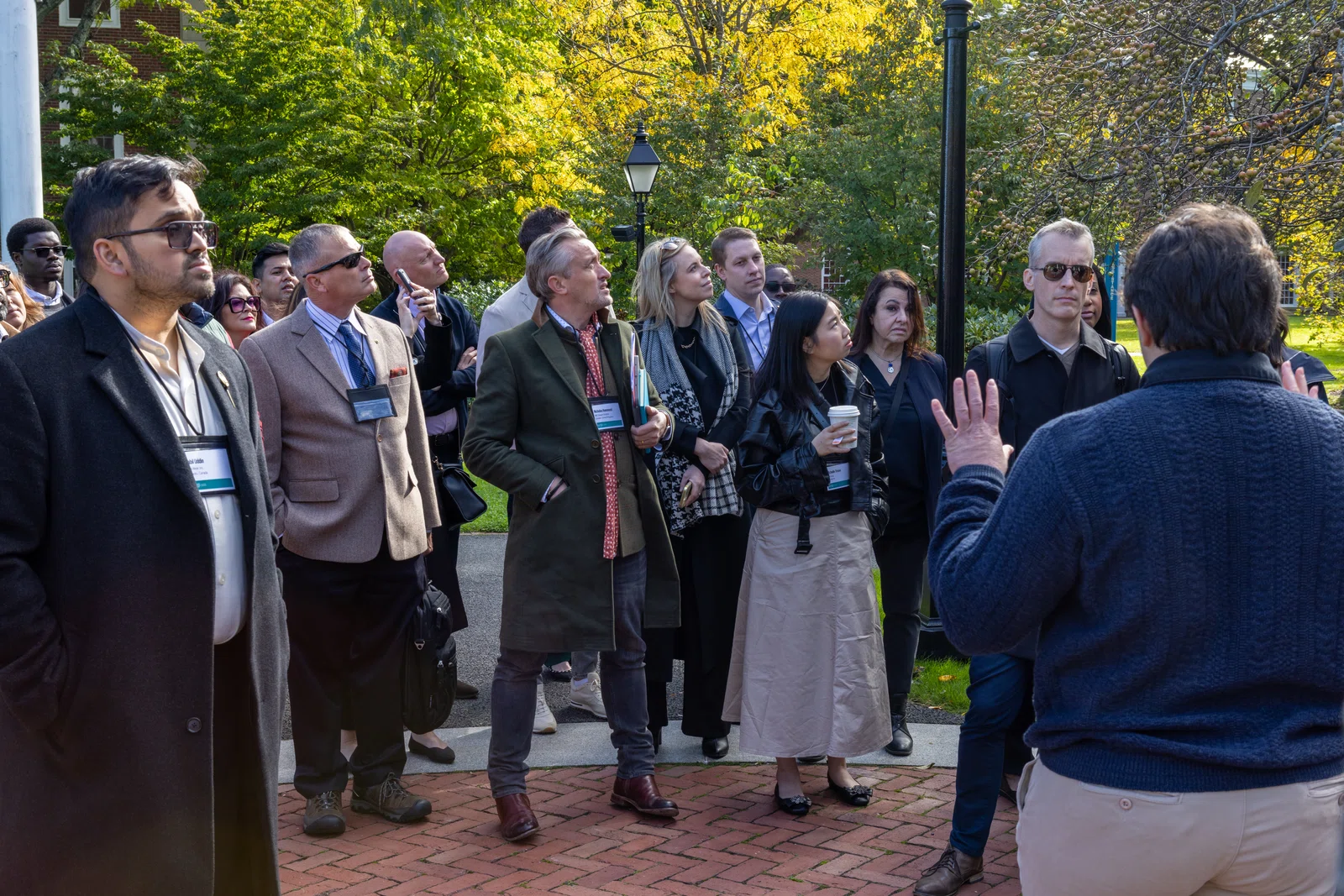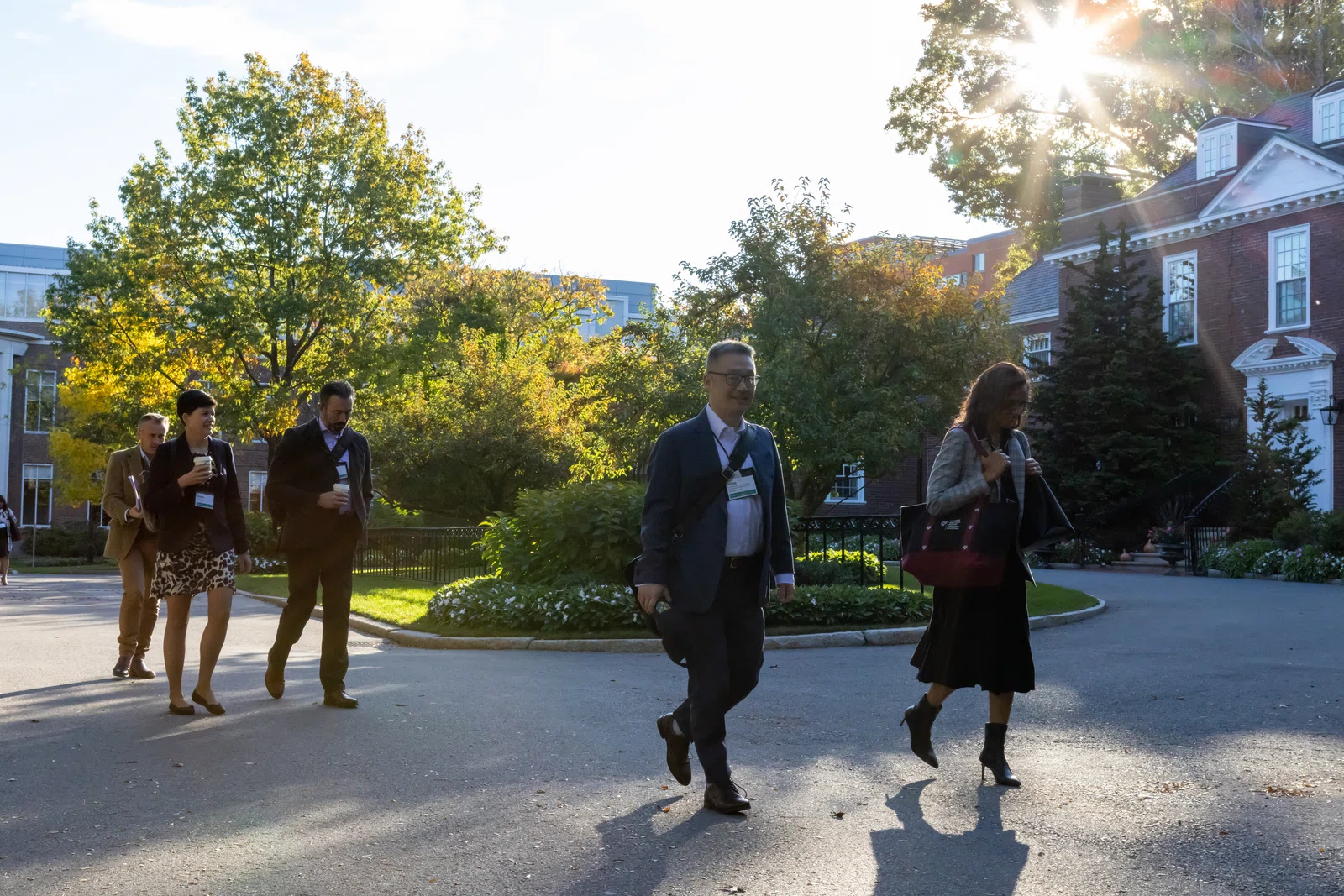
Close
result
Summoning Curiosity

As a sounding board to the principal and a facilitator in leadership conversations, the chief of staff usually achieves their objectives obliquely, through conversation, active listening, and asking questions.
Previous programmes have emphasised the importance of listening without bias. The other side of listening is being able to ask the right questions and in a way that means that people will not just tell you what they think you want to hear. In an extension of the bartender image, the chief of staff has to be the sort of person that others will talk to, but they often need to get under the surface of what they are being told to identify the ‘real’ message. In addition, asking questions can be a way to diffuse or ‘turn’ potential conflict.
At the heart of this is constant curiosity. What is behind this behaviour? What do people fear? What is the real problem we are dealing with? What am I not seeing? How may someone else be interpreting this situation differently?
‘Asking questions as a leader not only helps you to listen better but also teaches others in the room to listen and respect one another’s thoughts.’
I found one particular impromptu role-play during the programme to be really impactful. Inspired by a difficulty experienced by the protagonist in one of our case studies, the role-play fictionalised a much-needed conversation between one executive and her boss which didn’t happen. Following the role-play, it was evident the substantial difference one difficult conversation could’ve made to their unpleasant situation.
Seeing that play out in class has made me less impulsive and isolated in my reaction to challenging and complex situations. I now think to myself, ‘What difficult conversation am I avoiding that, if had it, could help me make a more informed decision?’ And, ‘How can I use the influence I have gained from my personal relationships with relevant stakeholders to yield a more favourable outcome?’
It's very much like the way the professors engaged us in class and an approach I now take in my meetings. It’s listening, asking follow-up questions, pushing back to reveal deeper assumptions and ideas, and allowing for others in the room to do the same. It’s also asking questions that guide the conversation towards better mutual understanding rather than outrightly stating your stance. ‘I see you are doing this. Have you thought about taking this other approach?’ ‘I’m curious. Can you tell me why you think that?’ ‘Does anybody disagree or have a different perspective?’ ‘Can you expand on that thought?’ Asking those questions as a leader not only helps you to listen better but also teaches others in the room to listen and respect one another’s thoughts. This may sometimes mean sacrificing the sense of reward that comes from being the originator of a great idea, as you use guiding questions that may lead others to your idea. It also means being ready to change your mind when necessary. It’s learning that no matter how smart and experienced you may be, you can learn so much from others if you listen well. You quickly realize that the combination of other’s perspectives, opinions, and ideas will likely lead to a better outcome than if you insisted on always having your way. The whole is greater than the sum of its parts and a lot greater than any individual part.
Jeremy Sackey, Chief of Staff, CH Group (Ghana) Ltd

‘It can be tough to strike the balance between appreciating others’ opinions and being assertive about the strategic needs of the organisation or its stakeholders.’
I found the practical section on giving feedback very useful. It can be tough to strike the balance between appreciating others’ opinions and being assertive about the strategic needs of the organisation or its stakeholders, especially when you don’t actually manage them, as I don’t. It’s just me – I don’t have a team around me. But when I say something everyone jumps to it because they view it as coming from my principal. And so they're not my people, but they take my direction. That can be tricky; I have to be very careful with my words and remind people that if I'm just brainstorming or speaking casually, this is not a direction to change course!
I’m also practising asking really good questions, leading questions that prompt us to think and have us contribute as a team, to bring the conversation along. That is so important when I'm doing my leadership meetings, because not everybody always wants to speak. Some people just want to put in an appearance and then get back to their own desks. So I’ve been working on asking good questions and enduring that uncomfortable silence until somebody chips in. Being OK with that silence has made a real difference, and that came simply from observing the teaching methods on the programme.
Brooke Mizener, Executive Adviser, Department of Homeland Security
‘Often we need someone to ask the questions that clarify the process and really make sure we take in the bigger picture.’
I like to think I’m fairly good at listening, but I came back from Harvard determined to do a much more thorough job. And that includes asking better questions, particularly of my principal. By better questions I mean I want to push him to think about things differently and to be aware of all the possible consequences of his actions.
Sometimes it feels as if everything is moving so fast and there are so many conversations going on that no one really has time to stand back and think through processes from end to end. Everyone is keen to contribute their own opinion, but I think often we need someone to ask the questions that clarify the process and really make sure we take in the bigger picture.
As a school district, we give feedback all the time. We observe teachers; we give them feedback; we follow up on the feedback that we give them; and we do that on a regular and consistent basis. So the ideas behind the feedback session were not new to me. However, we are also introducing coaching in our in our central administration, and so we are working on effective questions to ask so that people move forward. So I found the practical exercises on giving and receiving feedback really useful as I got to test out some of the things that we're doing here in terms of effective questions. That was helpful and also really opened my eyes to the anxiety that some other people had in terms of talking through a problem, giving feedback, asking questions, and helping people see that process all the way through.
The hard thing for people to realise about coaching is that you’re not trying to come up with the answers: you’re trying to enable to person you’re coaching to do so for themselves. I can be a difficult mindset to get into, but it does help you think about the amount of talking that you do, and the types of questions that you ask.
Deborah Staten, Deputy Chief of Staff, Denver Public Schools





